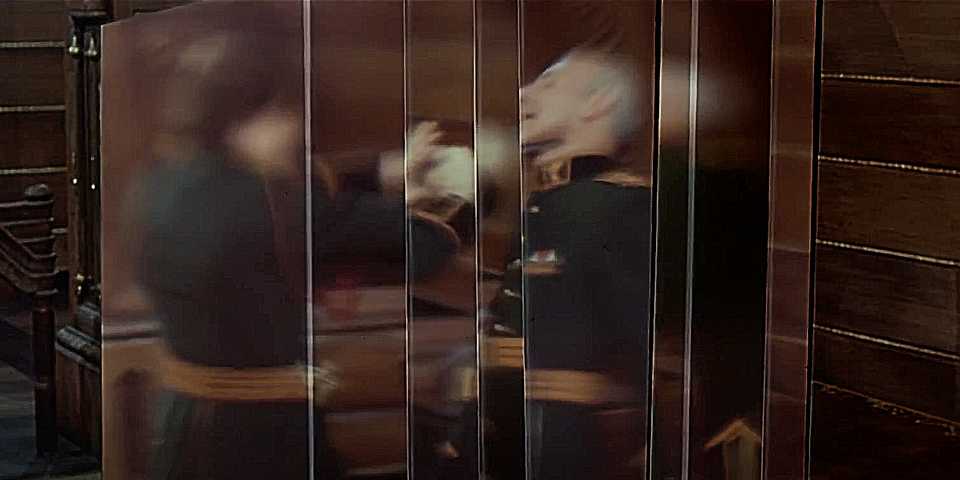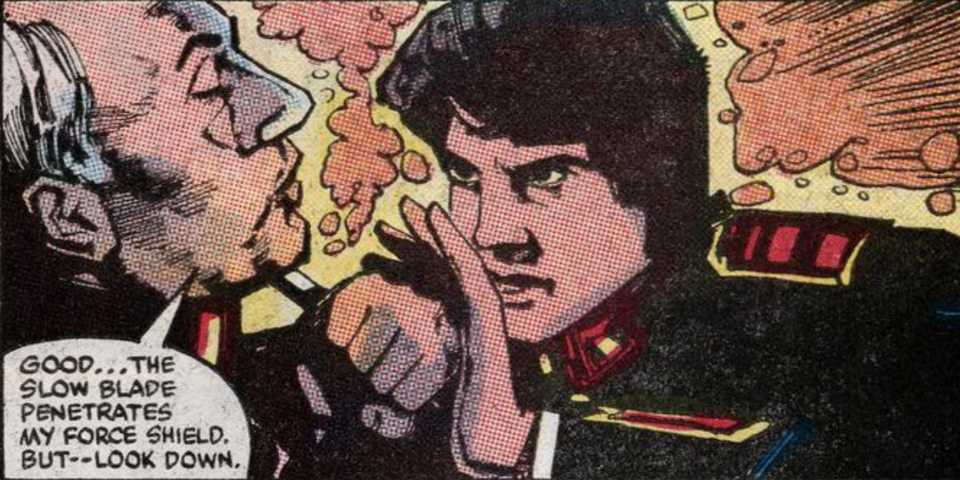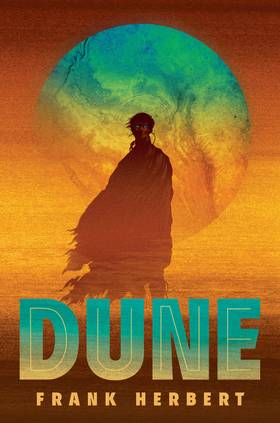Marvel Did Dune First, And The 1984 Comic Is Wilder Than You Could Ever Imagine
After achieving success with comic adaptations of popular films, Marvel Comics was thrilled to secure the opportunity to adapt Dune. Indeed, David Lynch's 1984 film adaptation of Frank Herbert's cult classic novel was one of the most highly anticipated movies of the year. With many expecting it to be a blockbuster, Marvel likely believed it would benefit from the surrounding hype.
Despite the hype, Dune failed to live up to its massive expectations, including those of Lynch himself. Fans and critics gave it mixed reviews, with most pointing out that the film’s pacing was off and Lynch’s abstract approach made an already complex story unfathomably confusing. Interestingly, although Marvel's Dune series was an adaptation of Lynch’s film, it was much better received. This begs the question: How does Marvel's iteration of Dune compare to Lynch’s film?
Marvel's Dune Tells The Lynch Script Better
The Comic Book Clears Up Confusing Plot Elements
Ralph Macchio and Bill Sienkiewicz’s three-part Dune comic series, to put it bluntly, is a far superior adaptation of Herbert’s original story — despite being told through the lens of Lynch’s film script. This is most evident in the comic’s ability to bring greater clarity to the narrative. Lynch’s film, by contrast, often relied on internal monologues, which can undermine dramatic tension. A prime example is the "Hunter Seeker Assassination Attempt" scene, where what should be a highly intense moment becomes anti-climactic due to Paul Atreides’ (Kyle MacLachlan) constant moment-to-moment analysis of the situation.
The comic book adaptation excels in breaking down dialogue and thought processes into a language that audiences can easily comprehend, leveraging the medium's unique ability to balance text and visuals. Through captions and thought bubbles, Macchio effectively conveys the intricacies of the characters' thoughts and situations without overshadowing Sienkiewicz's artwork. Consequently, the comic book format makes the story more accessible, engaging, understandable — and most importantly, enjoyable.
Sienkiewicz's Artwork in Marvel's Dune Complements Lynch's Visual Style
The Visuals Are Easier To Understand While Still Adhering To The Integrity Of The Story
One element of Lynch's film that garnered widespread acclaim was its visual style. Indeed, Lynch masterfully captured the dark, surreal, and otherworldly atmosphere that Herbert's story evokes, even when the narrative becomes challenging to follow. Undoubtedly, Lynch's film remains an iconic visual experience. His style is perhaps most evident in the portrayal of Baron Vladmir Harkonnen. Although not as overtly deviant as in the novel, the visual depiction effectively conveys the extent of his disgusting and depraved nature in pursuit of his goals and desires.
If Lynch’s visual style captures the essence of Herbert’s story, Marvel’s Dune perfectly translates Lynch’s style into the comic book format. In this, Marvel could not have chosen a better artist than Bill Sienkiewicz, who — like Lynch — was known for his cutting-edge approach to artwork that often had a polarizing effect on the fan base. Rather than a straightforward adaptation, the comic complements the film with the same dark, surreal, otherworldly vibe while also standing on its own as a unique artistic creation.


One of the best examples of this is the training fight between Paul and Gurney in the young Atreides' quarters. In Lynch's film, the fight is obscured by a cool but awkward special effect. In contrast, Sienkiewicz streamlines the abstract visuals, making it easier for readers to follow the action.
Marvel's Dune Works Best As A Companion To David Lynch's Movie
It Still Has Similar Issues With Clarity, But It's More Accessible
However, in several instances, Marvel's adaptation mirrored the film rather than offering a distinct or complementary interpretation. Primarily, Marvel's comic largely remains faithful to the film’s dialogue and structure. Accordingly, it faced the same challenge as the movie: condensing Frank Herbert's intricate narrative into a limited format — in this case, three issues. Although the comic book format provided more space to develop the story, significant portions of the narrative still had to be omitted. Moreover, some scenes deviated from even those depicted in the film. Consequently, the comic book suffered from a similar uneven pacing as David Lynch's movie.
Ultimately, Marvel’s 1984 Dune comic adaptation offers a more accessible and cohesive version of the story. Indeed, while Lynch’s Dune remains an iconic if polarizing entry in the sci-fi canon, Marvel’s thoughtful reimagining addresses many complaints about the film while staying true to its visual and thematic essence. By offering greater narrative clarity, deeper character development, and a more accessible entry point into the world of Dune, the Marvel comic series stands as a valuable companion to Lynch’s work — and a worthy addition to the Dune legacy.
Dune is a sci-fi franchise created by Frank Herbert with the 1965 novel of the same name. In 1984, the first live-action adaptation was released from director David Lynch and starring Kyle MacLachlan. About 20 years later, a TV mini-series was released, followed by a new adaptation starring Timothée Chalamet.










